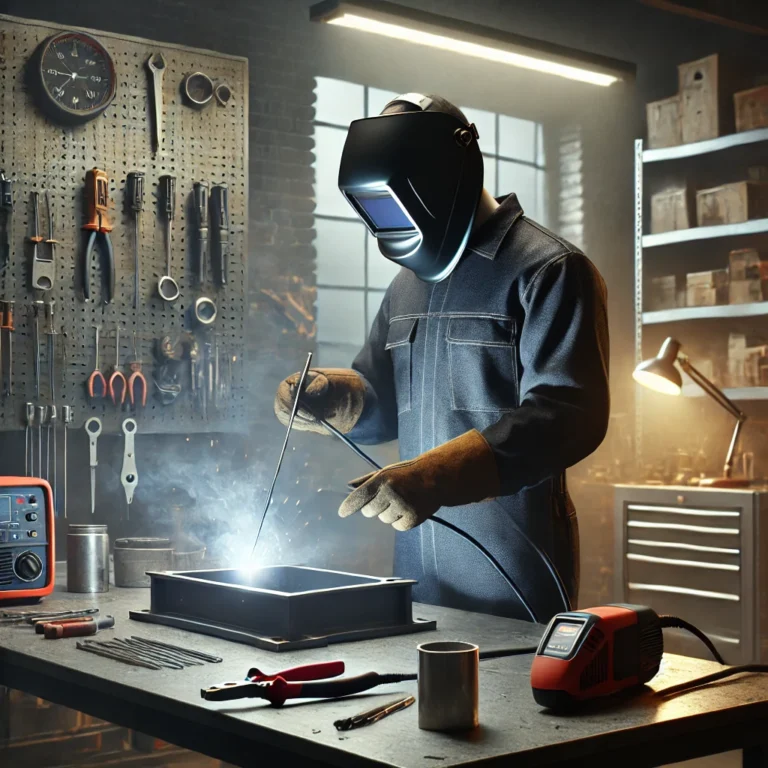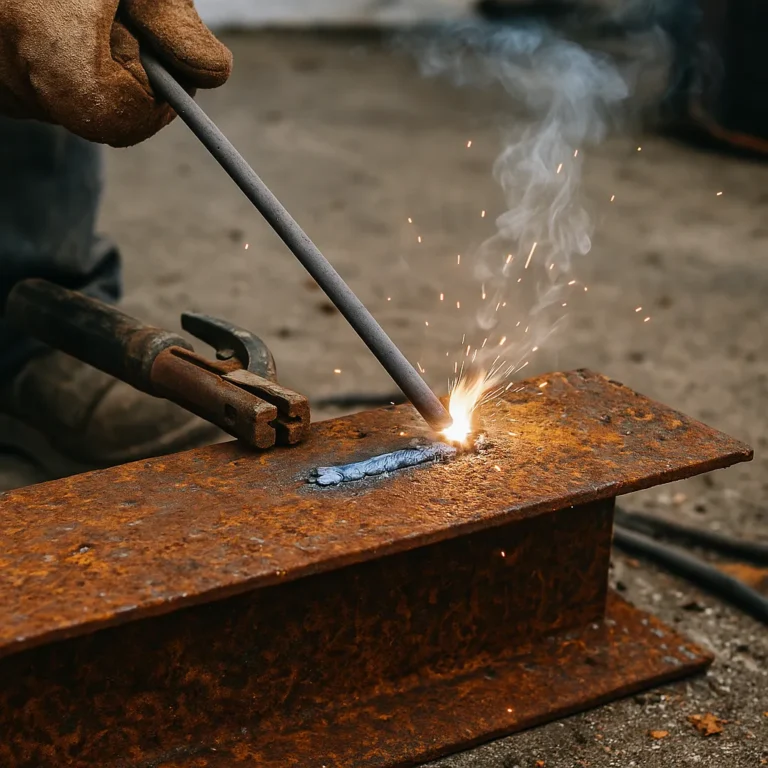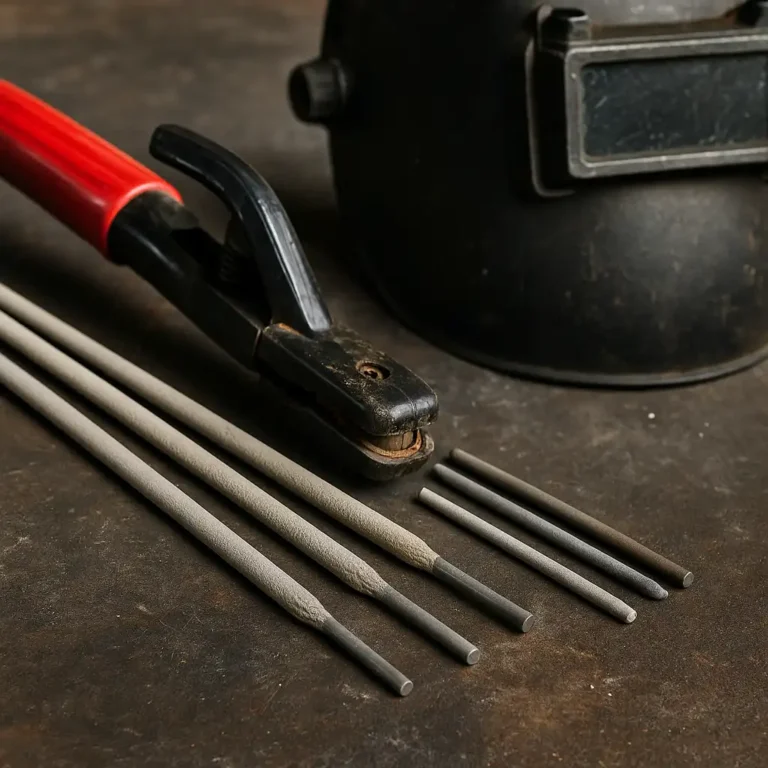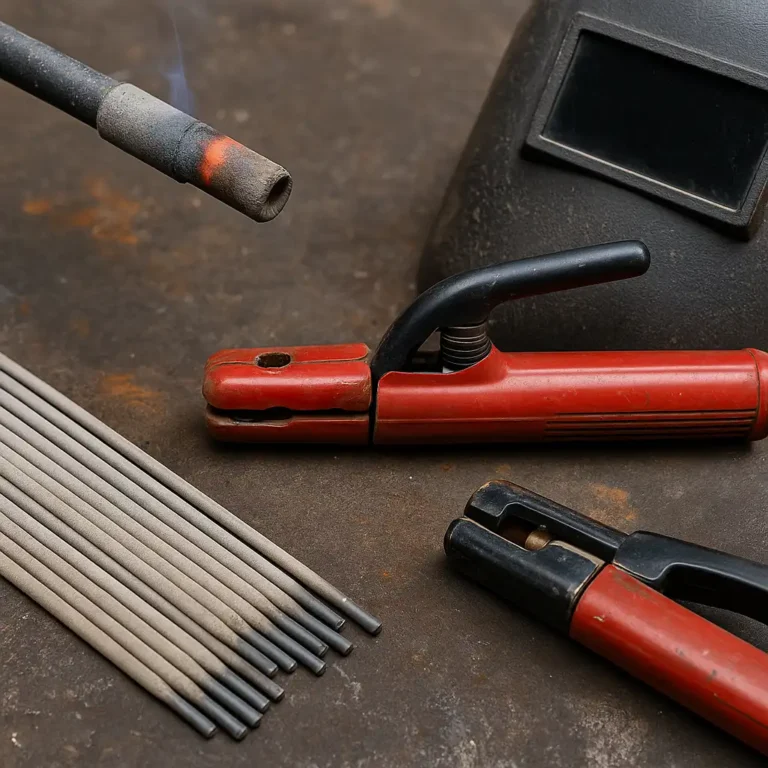Most Common Aluminum Filler Rods – Types and Selection Guide
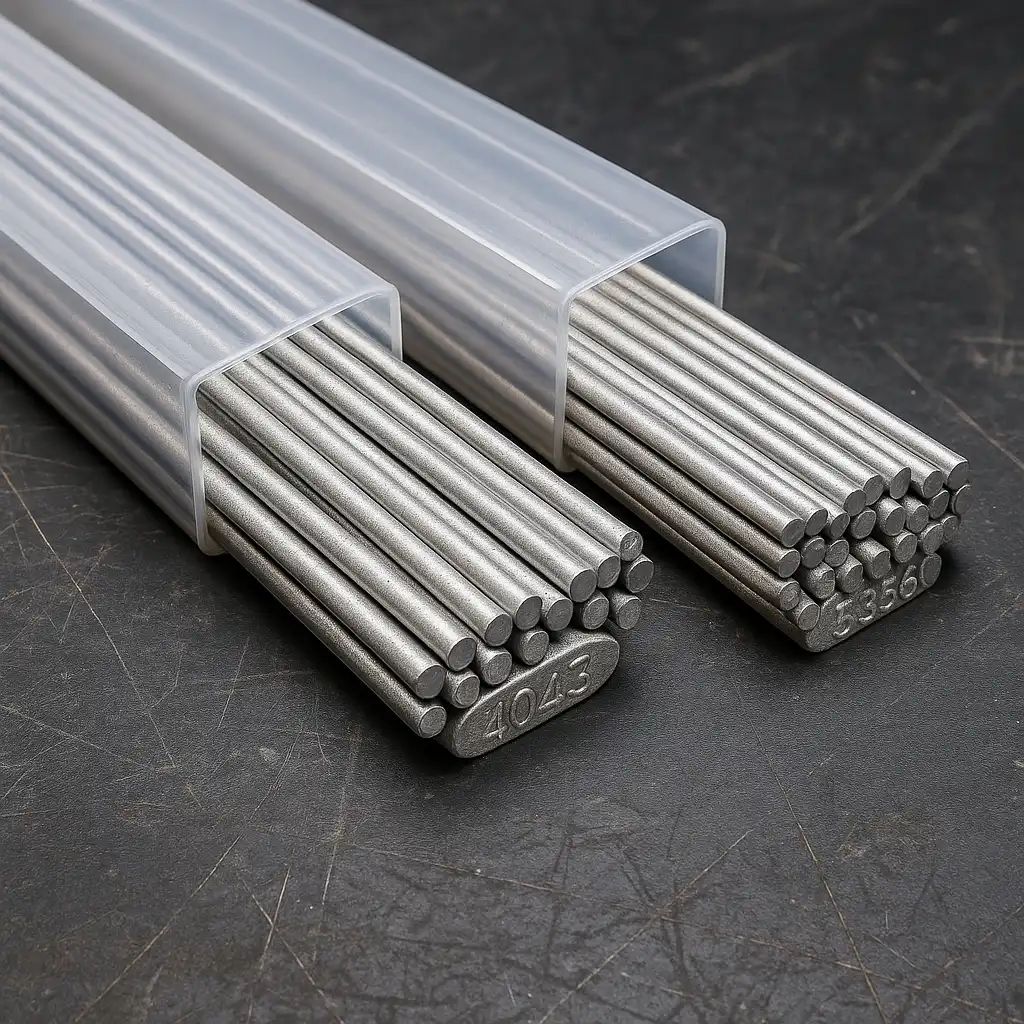
Disclosure: This post contains affiliate links. As an Amazon Associate, I earn from qualifying purchases—at no extra cost to you.
Last Updated: September 11, 2025
The right filler rod makes all the difference when welding aluminum. The most common aluminum filler rods each have their own strengths—some flow smoother and resist cracking, others add more strength for demanding jobs. Choosing the right one keeps your welds strong and saves rework.
👉 If you’d like the bigger picture, our overview of welding rod types shows how aluminum fillers compare to other common rods.
📋 Quick-View Summary
🔧 General Aluminum Welding
⚡ 4043 flows smooth and resists hot cracking
🔧 Stronger Joints
⚡ 5356 adds higher strength for marine and auto work
🔧 Specialty Applications
⚡ 4045 and 5183 cover niche alloy needs
🔎 Strength & Durability
4043 is the go-to for alloys like 6061. It runs smooth and helps prevent hot cracking, which makes it a favorite for clean, good-looking welds. 5356 offers more tensile strength, which is why it’s trusted in marine builds, trailers, and heavy-duty aluminum jobs. An aluminum filler rod chart is a quick way to confirm which rod pairs with your base alloy.
🔎 Ease of Use & Handling
4043 is easy to strike, flows clean, and leaves a neat bead with minimal cleanup. It’s forgiving, which makes it a great choice for everyday aluminum jobs. 5356 takes more control—it’s stiffer and doesn’t flow as smoothly—but it pays off with stronger welds.
👉 Just starting out? Take a look at our guide to beginner-friendly welding rods.
🔎 Applications and Alloy Matching
4043 is often chosen for 6061 and similar alloys because it resists cracking and leaves a clean finish. 5356 is better when strength outweighs appearance—like in boats, truck frames, or pressure vessels. Knowing the types of aluminum filler rod and their compatibility with different alloys prevents weak joints or cracking later on.
📦 4043 and 5356 Aluminum Filler Rods – Best Applications
- 4043 → best for 6061 aluminum, auto repair, and projects where bead appearance matters
- 5356 → best for marine structures, trailers, and jobs where higher strength is critical
Limitation: not every alloy works with 4043 or 5356. Always check compatibility before striking an arc.
🟢 FAQs
Q: What are the most common aluminum filler rods?
A: 4043 and 5356 are the most widely used in TIG welding.
Q: How do I use an aluminum filler rod chart?
A: Match your base alloy with the recommended filler to avoid cracking or weak welds.
Q: What’s the difference between 4043 and 5356?
A: 4043 flows smoother and resists cracking, while 5356 is stronger but takes more control.
Q: Can one filler rod work for all aluminum alloys?
A: No. Certain alloys demand specific fillers, so always check a chart first.
✅ Conclusion
The most common aluminum filler rods are 4043 and 5356. 4043 runs smooth and resists cracking, while 5356 adds strength for tough jobs. Match your filler to the alloy and the application, and you’ll get cleaner, stronger welds with fewer issues.


